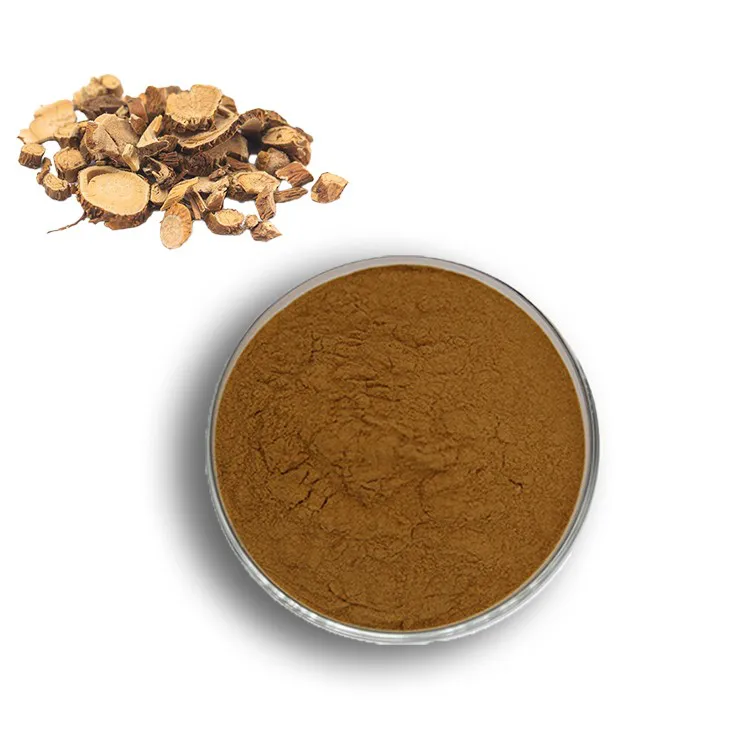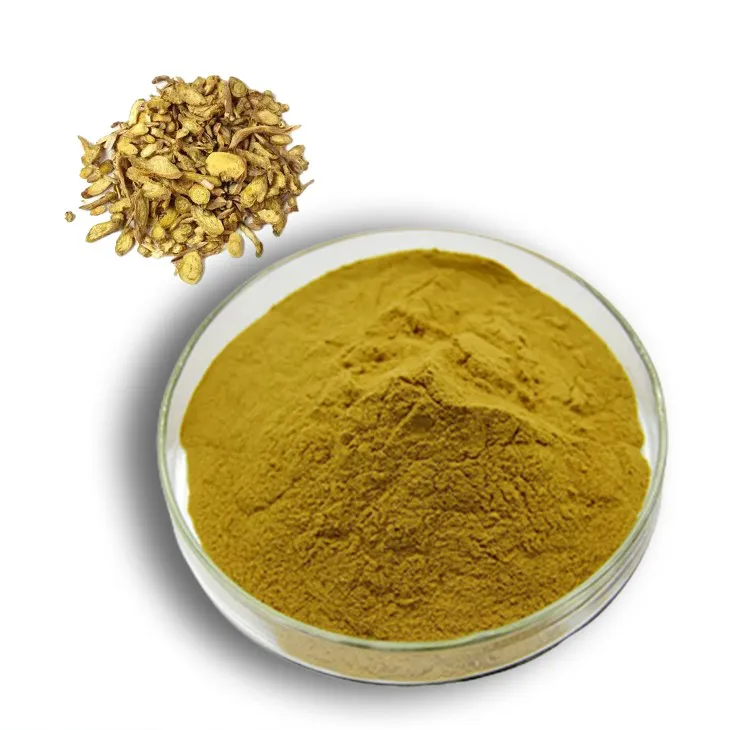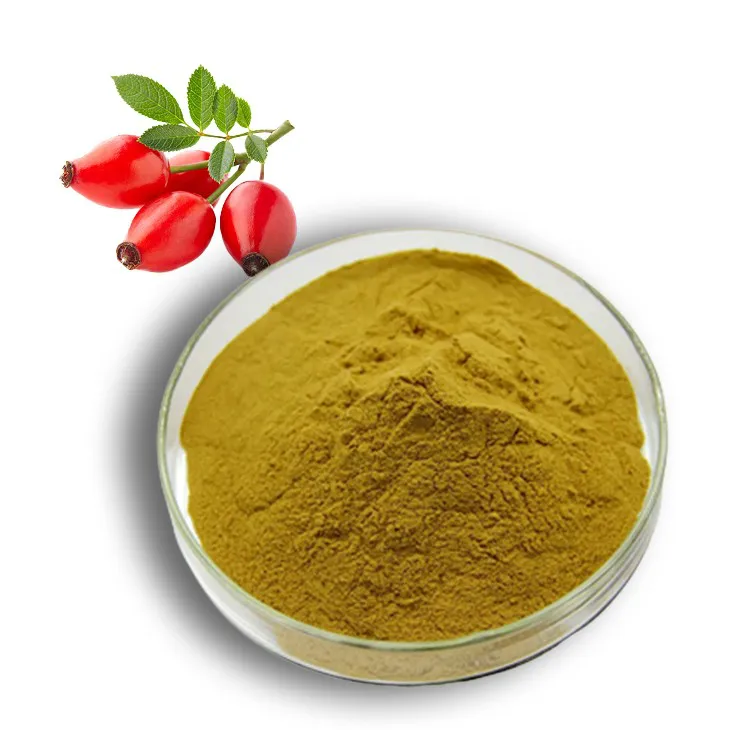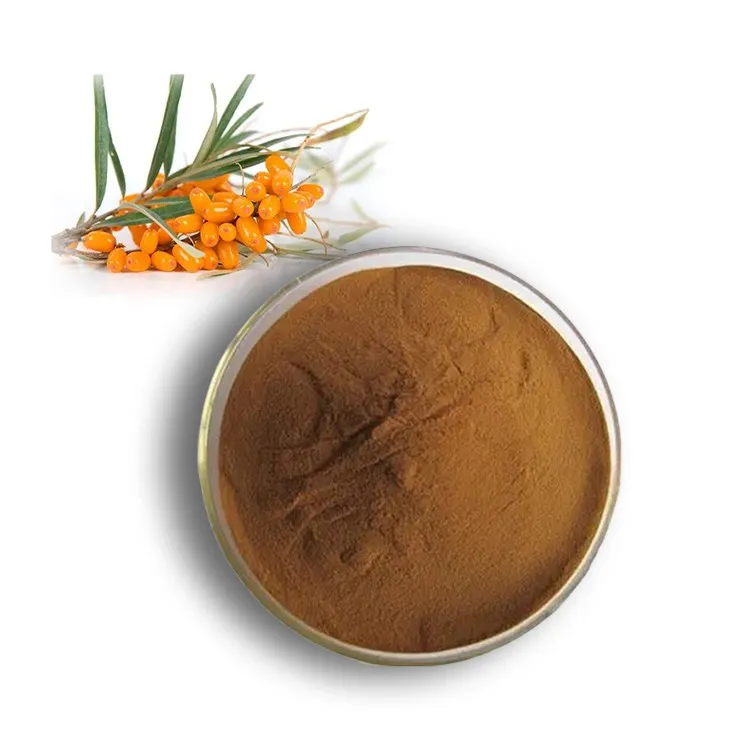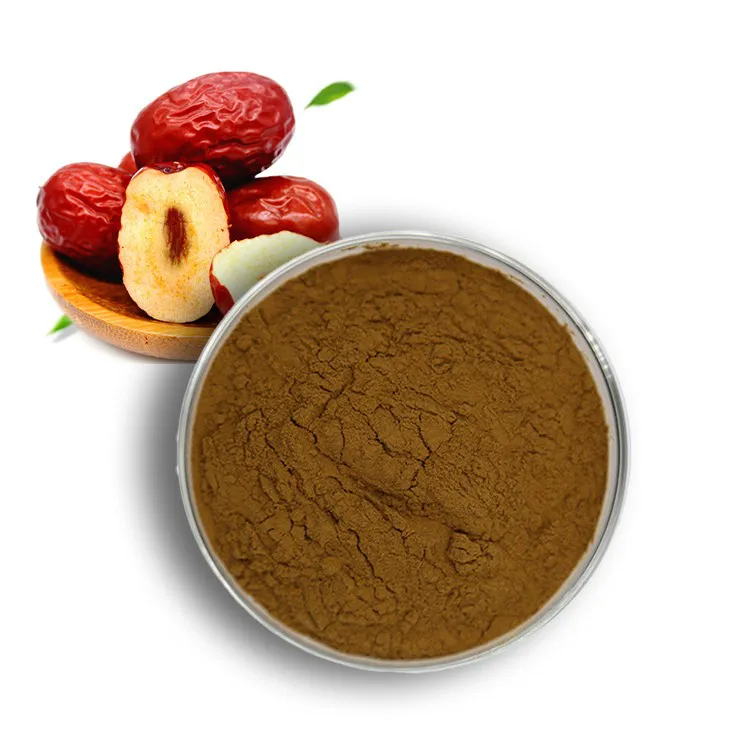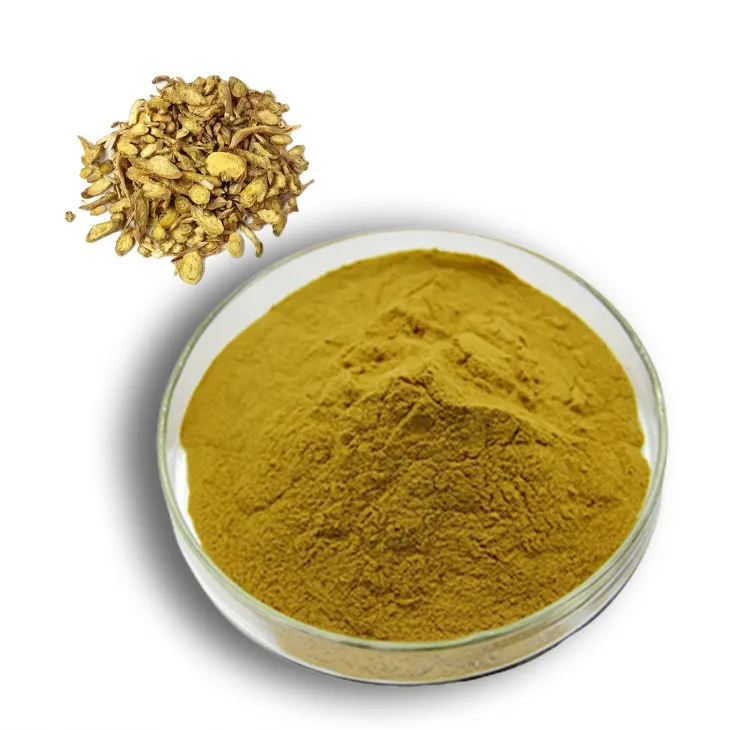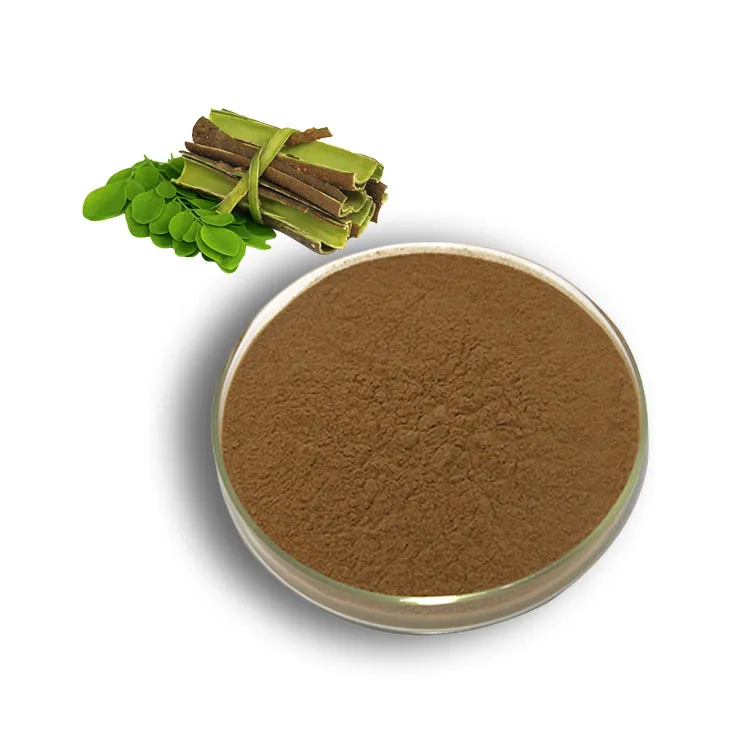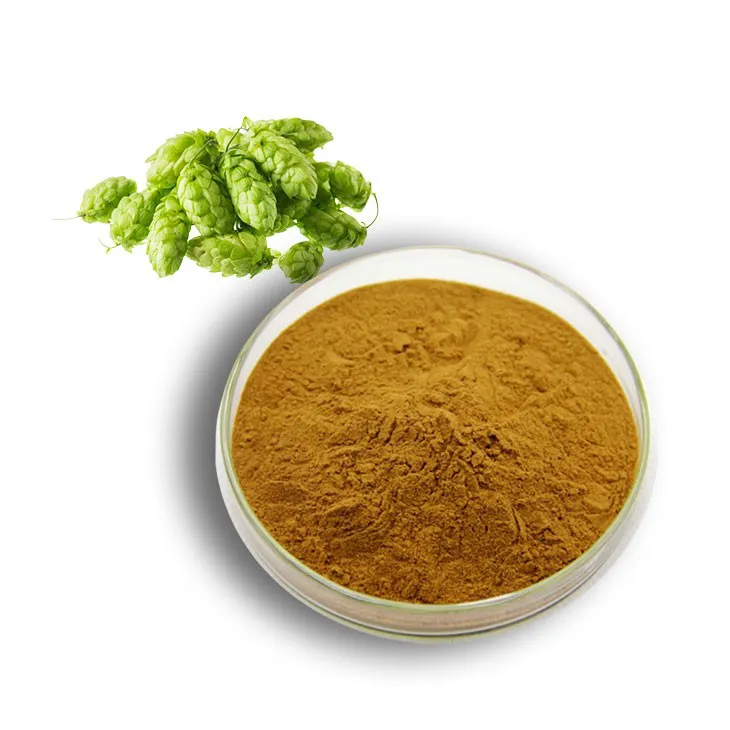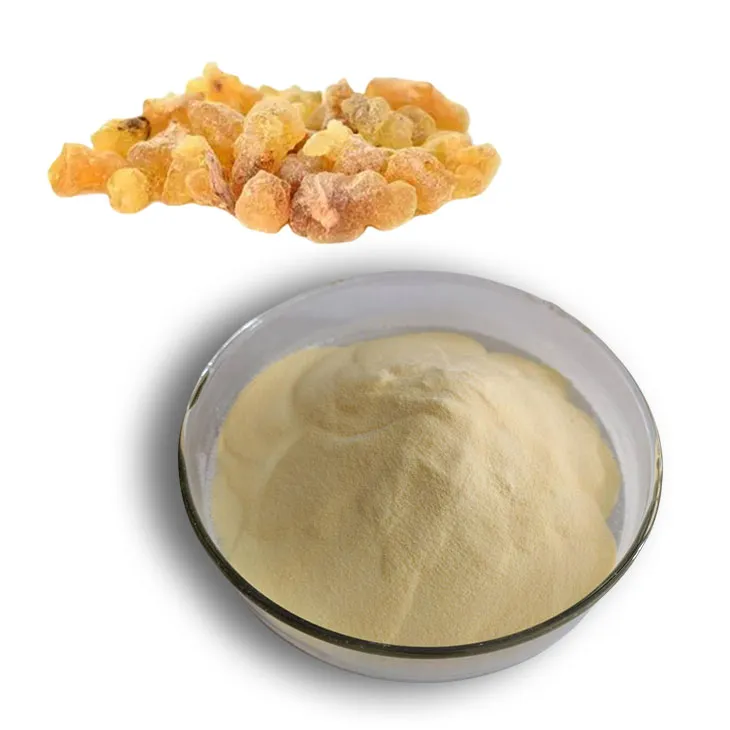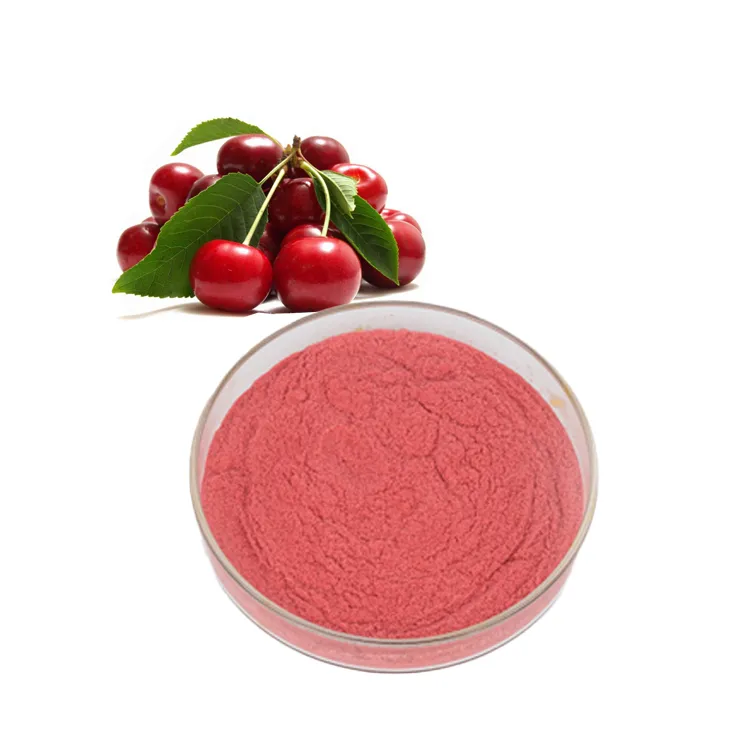- 0086-571-85302990
- sales@greenskybio.com
Best Treatments for Varicose Veins: A Comprehensive Guide
2025-09-23
Varicose veins, characterized by enlarged and twisted veins, commonly occur in the legs and can lead to discomfort, pain, and cosmetic concerns for millions of people worldwide. While often dismissed as a cosmetic issue, untreated varicose veins can potentially result in more serious health problems like venous insufficiency, ulcers, or deep vein thrombosis. With advances in medical technology and treatment options, patients today have more choices than ever before. This article provides an in-depth look at the best treatments available for varicose veins, ranging from lifestyle changes to medical interventions and revolutionary technologies.
Understanding Varicose Veins
Varicose veins are swollen, twisted veins that typically appear just beneath the skin's surface, mostly in the legs but they can also appear in other parts of the body. They develop when the valves that regulate blood flow in the veins weaken or become damaged, leading to blood pooling and vein enlargement. Common risk factors for varicose veins include genetics, age, pregnancy, obesity, prolonged sitting or standing, and hormonal changes.
Varicose veins often appear as bulging, blue or purple veins on the surface of the skin and can cause various symptoms, including pain, heaviness, swelling, itching, and discomfort. If left untreated, they may lead to more severe complications such as vein inflammation, leg swelling, skin ulcers, and deep vein thrombosis (DVT).
Lifestyle Changes and Self-Care Practices
Before exploring more invasive treatments, individuals can consider beginning with lifestyle and self-care measures. These changes can help alleviate symptoms and, in some cases, may prevent the condition from worsening:
1. Exercise Regularly: Physical activity, especially walking, helps promote blood circulation in the legs and strengthens the muscles that support veins. Engaging in regular cardiovascular exercises such as brisk walking, swimming, or cycling helps maintain venous health by improving blood flow and reducing pressure on veins.
2. Maintain a Healthy Weight: Excess body weight can put additional pressure on veins, contributing to the formation of varicose veins. Maintaining a healthy body weight through a balanced diet and regular exercise can alleviate symptoms and slow the progression of varicose veins.
3. Elevate Legs: Elevating the legs, particularly after prolonged periods of sitting or standing, can improve circulation and reduce pressure on the veins, alleviating discomfort and swelling.
4. Wear Compression Stockings: Compression stockings are specially designed to apply gentle pressure to the legs, promoting blood flow back to the heart and reducing swelling and discomfort. They are available in various compression levels, and a healthcare professional can provide guidance on selecting the appropriate level.
Non-Invasive and Minimally Invasive Treatments
For individuals whose varicose veins do not respond adequately to lifestyle changes or pose a significant health concern, medical interventions may be necessary. There are several effective treatments available today, which are less invasive than traditional surgical options and have shorter recovery times:
1. Endovenous Laser Therapy (EVLT): This minimally invasive procedure uses laser energy to heat and close off affected veins, reducing the size of varicose veins and redirecting blood flow to healthier veins. Local anesthesia is usually administered, and patients can often return to their daily activities on the same day.
2. Sclerotherapy: In this procedure, a chemical solution is injected directly into the varicose vein. The solution irritates the lining of the vein, causing it to collapse and eventually be reabsorbed by the body. Sclerotherapy is often used for smaller varicose veins and spider veins and generally involves minimal downtime.
3. Radiofrequency Ablation (RFA): This technique uses radiofrequency energy to heat and close off problem veins. Similar to laser treatments, blood is redirected to healthier veins after closure, alleviating symptoms and improving cosmetic appearance. With its quick recovery time, radiofrequency ablation is a popular solution for those seeking to minimize downtime.
4. Endovenous Laser Therapy (EVLT): Using laser energy, this minimally invasive procedure targets and collapses affected veins. Like radiofrequency ablation, it redirects blood flow to healthier vessels, reducing discomfort and improving the appearance of the legs.
6. Sclerotherapy: As mentioned, this technique involves injecting a solution directly into the affected vein, causing it to collapse and eventually be absorbed by the body. Sclerotherapy is often used for smaller varicose veins and spider veins.
7. Endovenous Thermal Ablation: Through the use of heat generated by laser or radiofrequency, this treatment closes off compromised veins. The body naturally redirects blood flow, alleviating pain and swelling associated with varicose veins.
8. Surgical Options: In severe cases, traditional surgical methods such as vein stripping or ligation and vein removal (high ligation and vein stripping) might be necessary to remove or tie off larger varicose veins. Advanced surgical techniques today offer reduced recovery times, but are often reserved for cases where less invasive procedures are not effective.
Considerations and Potential Side Effects
While treatments for varicose veins offer improved appearance and symptom relief, they may come with side effects and potential risks. Individuals considering these treatments should be aware of the following:
1. Bruising and Swelling: Many treatments, like sclerotherapy and laser ablation, can result in temporary bruising, redness, or swelling along the treated area. These side effects typically subside within a few days or weeks.
2. Pain and Discomfort: Some individuals may experience mild pain or discomfort following treatment. This is generally manageable with over-the-counter pain medication and home remedies like elevation and compression.
3. Scarring: While less common with minimally invasive treatments, a small risk of scarring still exists, particularly after surgical procedures. However, advancements in techniques often allow for small incisions and minimal scarring.
4. Blood Clots: Though rare, certain varicose vein treatments, such as sclerotherapy and endovenous ablation, carry a small risk of blood clots. It is vital that individuals with high risk of clotting or coagulopathies discuss potential treatments with their healthcare provider to determine the safest course of action.
5. Skin Discoloration: Some treatments can cause temporary skin discoloration or hyperpigmentation near the treated area. This effect is usually temporary and fades over time.
Conclusion
Sea buckthorn juice, derived from the nutrient-rich berry, holds considerable promise in promoting overall health and wellness. With a potent blend of vitamins, minerals, and antioxidants, it can benefit immune function, skin health, and other aspects of well-being. However, like any dietary supplement, it is important to approach sea buckthorn juice with caution, given the potential side effects and interactions with medications.
When considering incorporating sea buckthorn juice into your routine, it is essential to understand both its advantages and potential drawbacks. Consultation with a healthcare professional, particularly for individuals with underlying health conditions or those taking medications, is recommended to ensure safe consumption. By balancing the benefits and potential side effects, you can make an informed decision regarding the inclusion of sea buckthorn juice in your diet, supporting your journey toward optimal health.
- ▶ Hesperidin
- ▶ citrus bioflavonoids
- ▶ plant extract
- ▶ lycopene
- ▶ Diosmin
- ▶ Grape seed extract
- ▶ Sea buckthorn Juice Powder
- ▶ Beetroot powder
- ▶ Hops Extract
- ▶ Artichoke Extract
- ▶ Reishi mushroom extract
- ▶ Astaxanthin
- ▶ Green Tea Extract
- ▶ Curcumin Extract
- ▶ Horse Chestnut Extract
- ▶ Other Problems
- ▶ Boswellia Serrata Extract
- ▶ Resveratrol Extract
- ▶ Marigold Extract
- ▶ Grape Leaf Extract
- ▶ blog3
- ▶ Aminolevulinic acid
- ▶ Cranberry Extract
- ▶ Red Yeast Rice
- ▶ Red Wine Extract
-
Sophora Flavescens Root Extract
2025-09-23
-
Baicalin
2025-09-23
-
Rose Hip Extract
2025-09-23
-
Buckthorn bark extract
2025-09-23
-
Jujube Extract
2025-09-23
-
Scutellaria Extract
2025-09-23
-
White Willow Bark Extract
2025-09-23
-
Hops Extract
2025-09-23
-
Boswellia Serrata Extract
2025-09-23
-
Acerola Extract
2025-09-23











